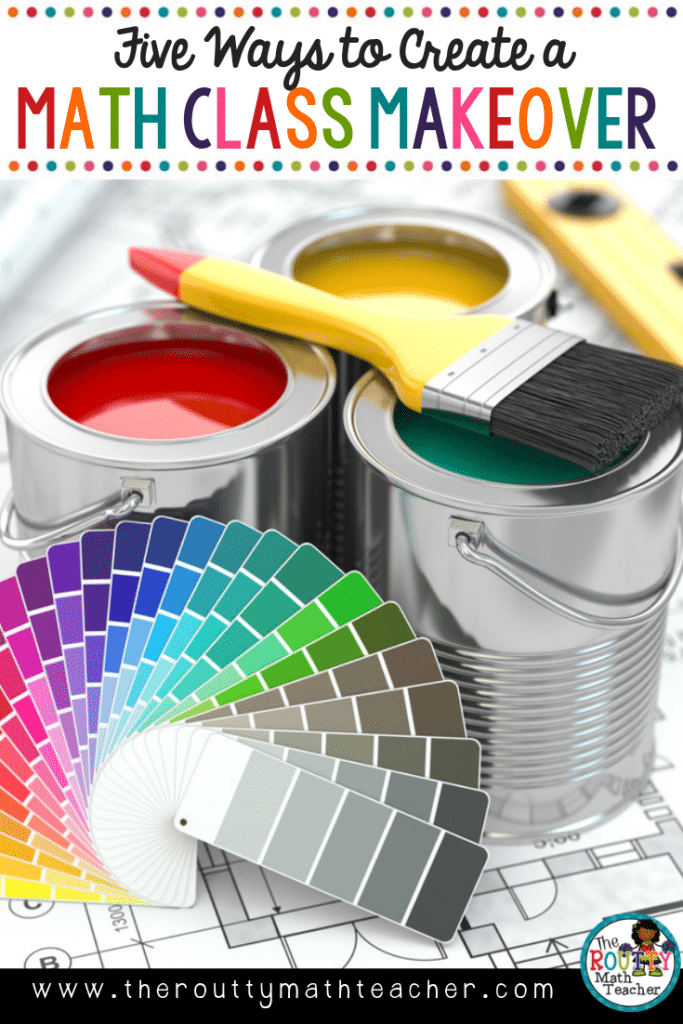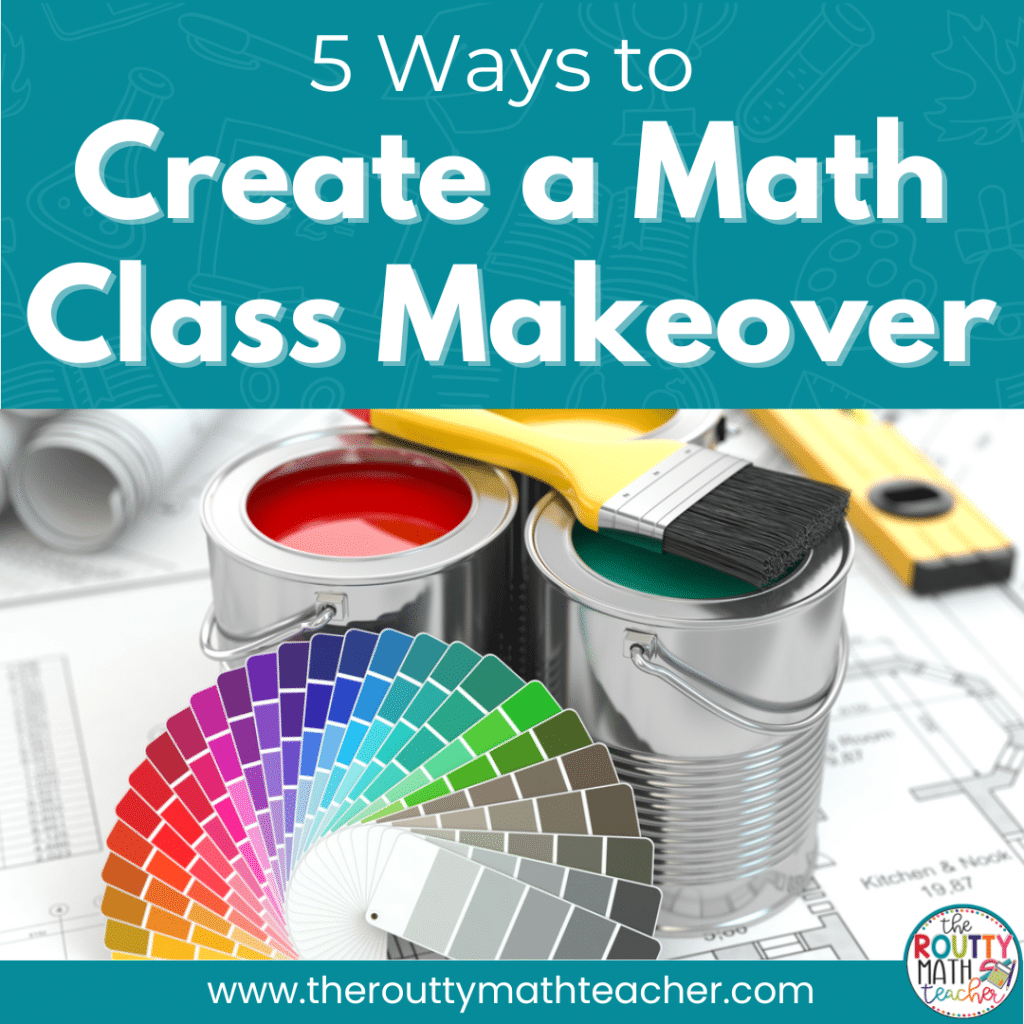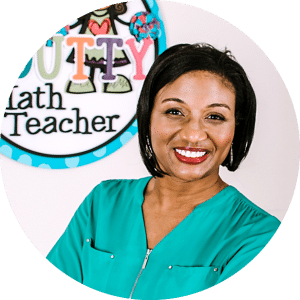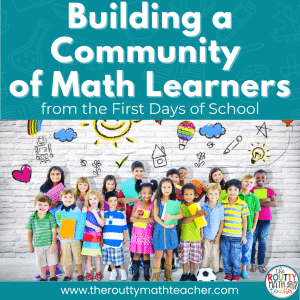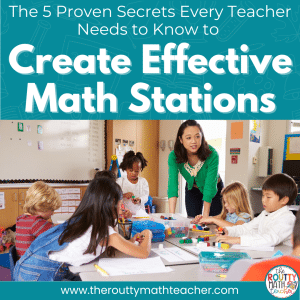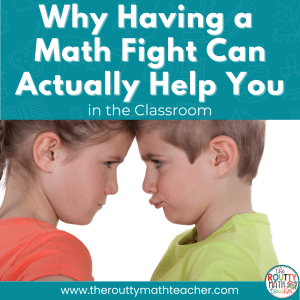If you asked your students to vote on the subject they enjoy the most, what would they say? I would be willing to bet that most of them won’t say math. Why is that? Is it too hard? Is it disconnected? Why? I know for me personally, math was both predictable and boring. I excelled at it, but I did not enjoy it. These math classes inspired me to create a different learning experience for my students. So, get ready for a math class makeover! In today’s post, I’m sharing five ways to transform student learning.
In his 2010 TED
Connecting the real-world to school mathematics is one way to engage students. Three-act math tasks, created by Dan Meyer, offer a variety of experiences to bring the real-world into the classroom and get students both formulating and solving problems. (Check out elementary tasks by Graham Fletcher here.)
What are some other ways to transform student learning? Over the years, I have found many ways to make math more engaging and connected for my students. The following strategies are my all-time favorite ways to engage students and create a math class makeover.
Five Strategies for a Math Class Makeover
1. Play Games
One of the ways I use games is to launch a lesson. For example, if I am starting a lesson on algebraic thinking, I might share a function machine game and have students play the game as a class. I might also choose a card and dice game to review prerequisite skills before teaching a new skill. This not only creates instant engagement but allows students to review skills they need to be successful with a new concept or skill. (Read more about using games in the classroom here!)
2. Read Math Picture Books
Picture books are a great way to combine literacy and math. Using math picture books can help you engage students and reinforce grade level math content and skills. There are a great number of picture books available on the market. I especially like to use a picture book to explore or investigate a concept. Have you ever read Spaghetti and Meatballs for All by Marilynn Burns? It’s such a great read. My students love it each and every year! (Read more about using picture books in the classroom and explore my favorite reads here!)
3. Differentiate Learning with Math Menus
A menu is a content-focused set of options from which students choose activities and tasks on which to work. Menus are a great way to add some challenge and pizzazz to your everyday mathematics curriculum and differentiate learning for a variety of student needs at the same time. Students can receive a menu for a specific time period such as a week, for a particular unit of study, or for a grading cycle. (Read more about my favorite menu products here and grab a free menu pack from my Teachers Pay Teachers Store here!)
4. Implement Math Stations
Math Stations have to be my most favorite teaching tool. I’ve used them for many years, across many grade levels, including middle school and Algebra I, and for a variety of purposes. Math stations are similar to traditional centers except they address math concepts. (Why not call them centers? You totally can! Some people consider centers to be more play-based, like for our little ones; however, I think the terms are interchangeable.) Stations are not only fun for students but they can be adapted to address a whole host of learning styles– more than we can typically address in a whole class setting. (Want to read more about math stations? Check out these blog posts and grab my free “Getting Started with Math Stations” eBook here.)
5. Problem Solving
Problem-solving tends to mean many things to many different people. When I say problem-solving, I mean using rich tasks to engage students– tasks that take more than just a few minutes to complete and/or require students to think critically about math. One of the biggest lessons I’ve learned about problem solving is to vary the tasks to appeal to the learning needs of more students. Check out my favorite ideas here! (Want to more about using rich math tasks in the classroom, click here and here.)
Next Steps
Using these strategies to transform learning for your students can be a game changer for your math program. One word of caution though– don’t make the changes all at once. I would suggest introducing one or two new things a semester or even a school year. Remember, change takes time! In order for these changes to influence student achievement, they must be gradual, intentional, and done with fidelity. So, let’s get started with your math class makeover!
Sound Off! Which strategies have been the most successful for you? What strategy will you try first? Respond in the comments section below!
